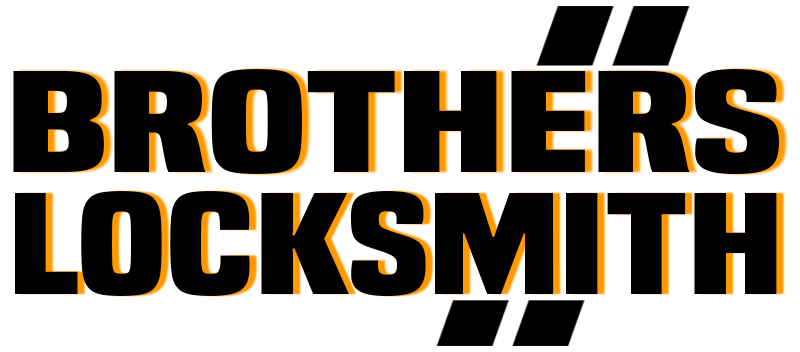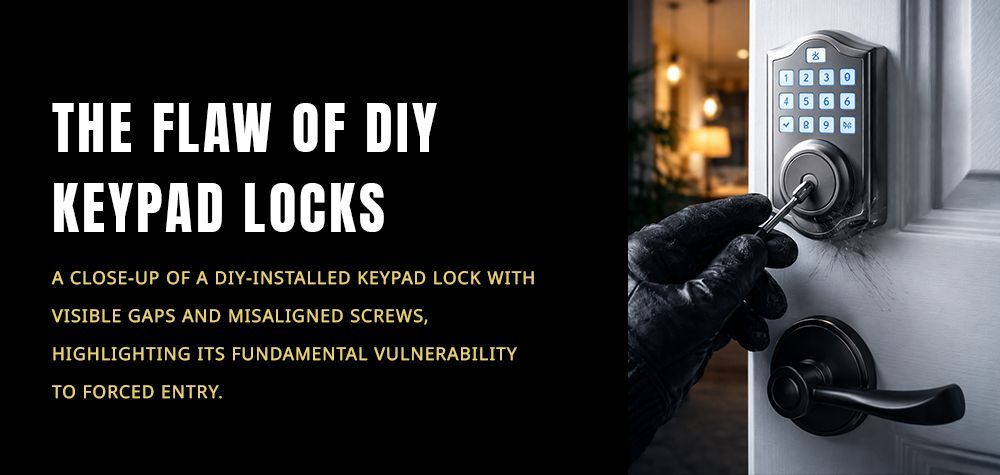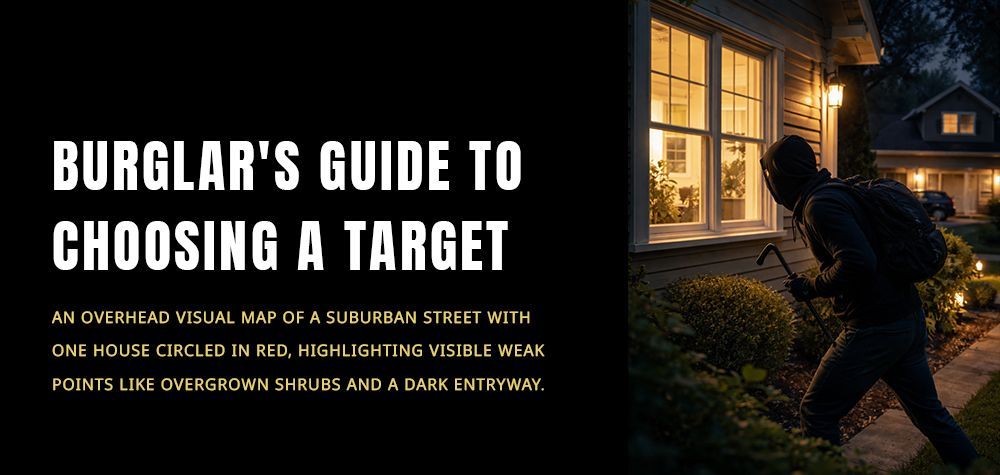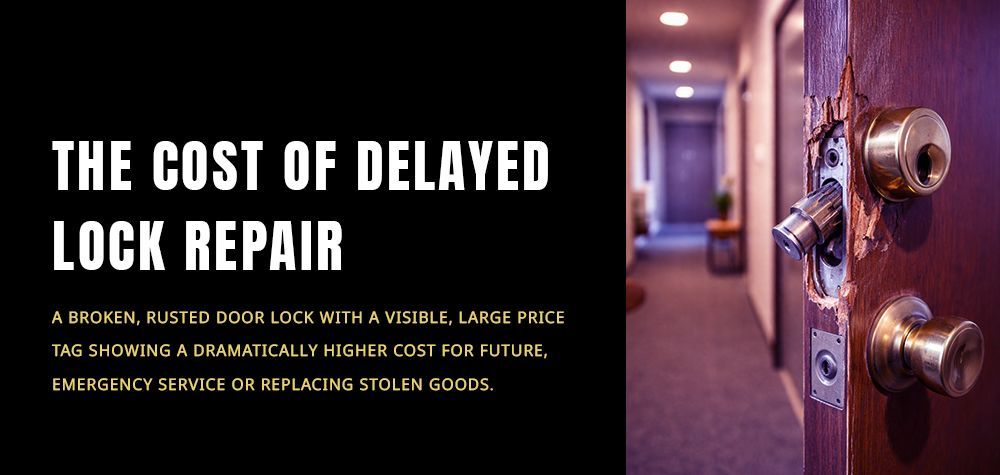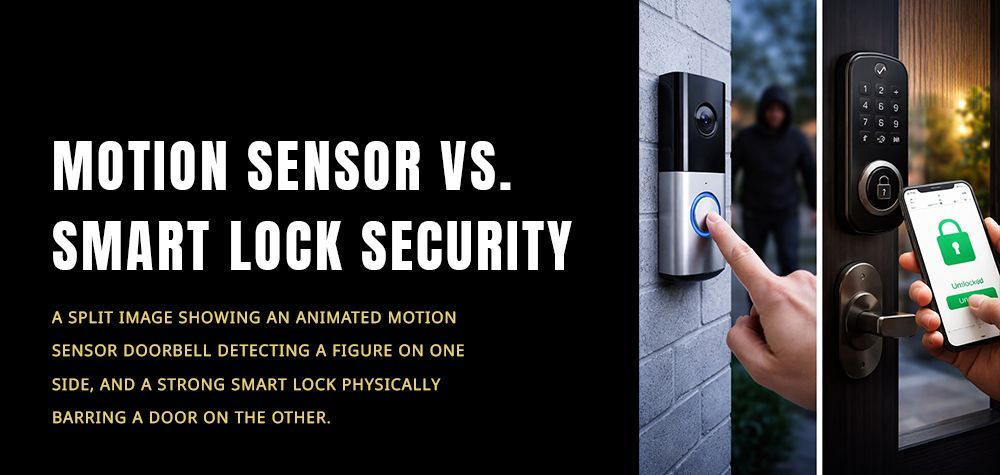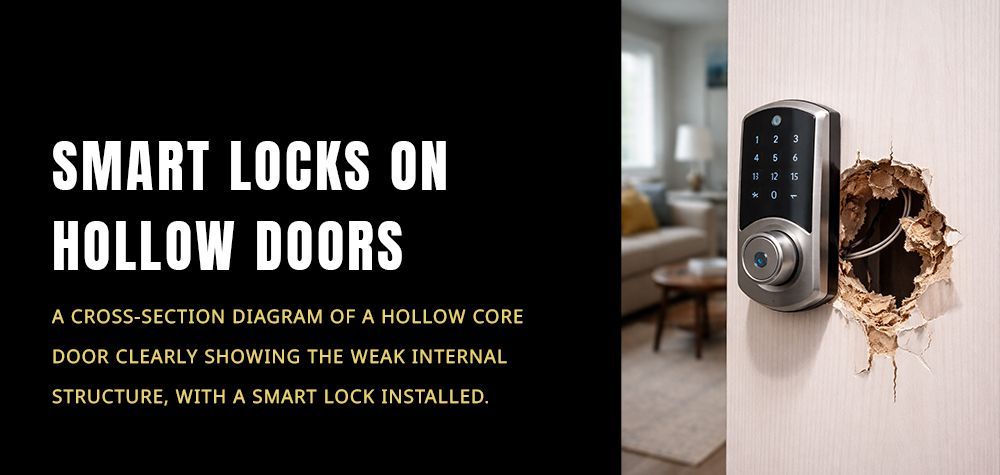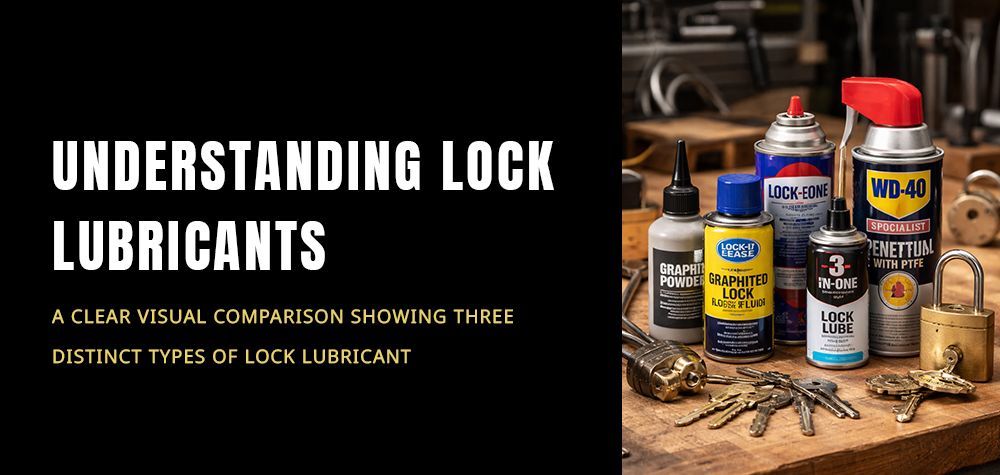Security Tips for Video Surveillance at Your Business
Video surveillance is a must-have for businesses. It comes in handy where there is a security breach. With it, you can identify the suspects behind an invasion of your commercial building. It provides evidence of what takes place concerning your business.
Business video surveillance makes your business place safer for all users. It is a worthy investment that would be beneficial to you. The security cameras record the activities that take place within and around your business premises. It helps you identify external intruders and cases of employee theft.
Some of these video surveillance systems have sensors that trigger them once it detects any activity. Some detect all activities. While others are smart enough to detect when the activity is threatening or not.
Secure the System Against Hackers
Securing your surveillance system from potential hackers is vital. It has become easy and common for hackers to hack into security cameras. You can secure your system against these cybercriminals.
Have efficient password management and change your passports once every three months. Do not use default usernames and passwords. Create your unique sets of passwords that will be difficult for anyone to guess.
Do not use an unsecured or public network. It is easier to hack into your security system when you use them. Hackers can easily gain access to your security system through access points in it. They would also get access to information from a shared network.
Always use encrypted signal cameras. With encryption, you disguise the information that you send over the internet. It also makes it difficult for hackers to gain access to valuable information.
Place Cameras in Strategic Places
Place your cameras in vital aspects of your business environment that will give you a good view of what goes on. Some strategic spots are the entry and exit points, areas where monetary transactions take place, work areas, storage rooms, break rooms, garages, and loading docks.
Having the cameras in strategic places will help you identify potential threats on time. Then you can take proactive steps to tackle the security breach. Position the camera in a way that captures a wider angle and provides full coverage of the area.
Remember to place cameras in places that have more human traffic. It will help you identify movements in and out of your building. That way, you can easily track when intruders enter or leave the building.
Ensure that the cameras are out of reach. Otherwise, users of your facility can easily tamper with them.
Be Mindful of Legal Liabilities
Inform employees and customers of the business video surveillance. They need to know that you will record their activities. However, the recording should not extend to private areas.
Do not place cameras in areas that infringe on the privacy rights of your employees and other users of your business premises. Some of these areas covered by privacy laws are restrooms, hotel rooms, dressing rooms, locker rooms, etc.
The general rule of privacy applies to those areas where people should reasonably expect privacy. The areas covered by privacy laws might differ from state to state. Find out what is obtainable in your state. It is important to take cognizance of the state law before installing these cameras.
Use Cloud-Based Storage of Footage
Using a cloud storage system to store the footage from the CCTV cameras will keep them safe. It is important that you secure all access to the footage by using strong passwords. The footage from the video surveillance could contain sensitive information concerning your business, employees, or customers. So, you need to keep them safe.
Cloud storage makes it easier to access the footage. It also increases the storage ability of your surveillance system. Unlike the analog method of storing footage, a cloud-based system is a safer storage system for your footage.
Select the Best System for Your Needs
It is ideal to use the best surveillance system that is most suitable for your needs. The factors to remember are the camera, features, installation of the surveillance system, and your budget. The camera may be Internet Protocol Cameras or analog cameras.
The needs of your business would also determine the features you will opt for. Some cameras have night vision and weatherproof features. If your business needs night protection or you need to cover areas exposed to the elements, it will determine if you go for these kinds of cameras.
The cost of installation can also affect your choice. However, a lot will depend on your budget and the size of your company. If you will spend more, investing in a few more cameras would not be a problem.
Lighting is Important
Your camera needs good lighting to work and gives you the best output. The surveillance area should have adequate and consistent lighting. It will help the camera pick out the details of activities going on within the surveillance area.
A CCTV camera enabled for night vision is suitable where the lighting is poor. It will use little light to capture and present the activities to you.
Pay Attention to Hidden or Isolated Entry Points
Intruders often use entry points that are away from the full glare of others. While they may use the front doors sometimes, they would often use the back doors, back windows, basement doors, and windows. So, place your camera to cover these hidden entry points.
Don’t Expose Cables
Exposing your cables will make it unsafe. People can easily sever your surveillance cables when they can easily reach for them. Your camera installer should store the cables in a conduit. It will protect them and make it difficult for others to have access to it.
Maintain Video Quality While Compressing Size
CCTV cameras record a lot of data. It compresses the data to reduce the volume of data for easy transmission to storage devices, either portable ones or cloud-based storage. While compressing the data size, maintain the quality and clarity of the video.
Train Employees
Your employees need to know about workplace safety. They should be able to identify when there are security concerns on the premises. Also, they should know the procedures to follow when there is a security breach.
Train employees on how the surveillance system works. However, only a few employees should have access to how the internal processes work. It is only these people that should have the password or change them.
Work with Professionals
The security of your business environment is very important. While you may DIY the surveillance system, you need experts that are well-equipped to handle these issues. While looking for cheap options, do not compromise your security. Need surveillance service in Arizona? Contact us today.
Call Us Any Time!

